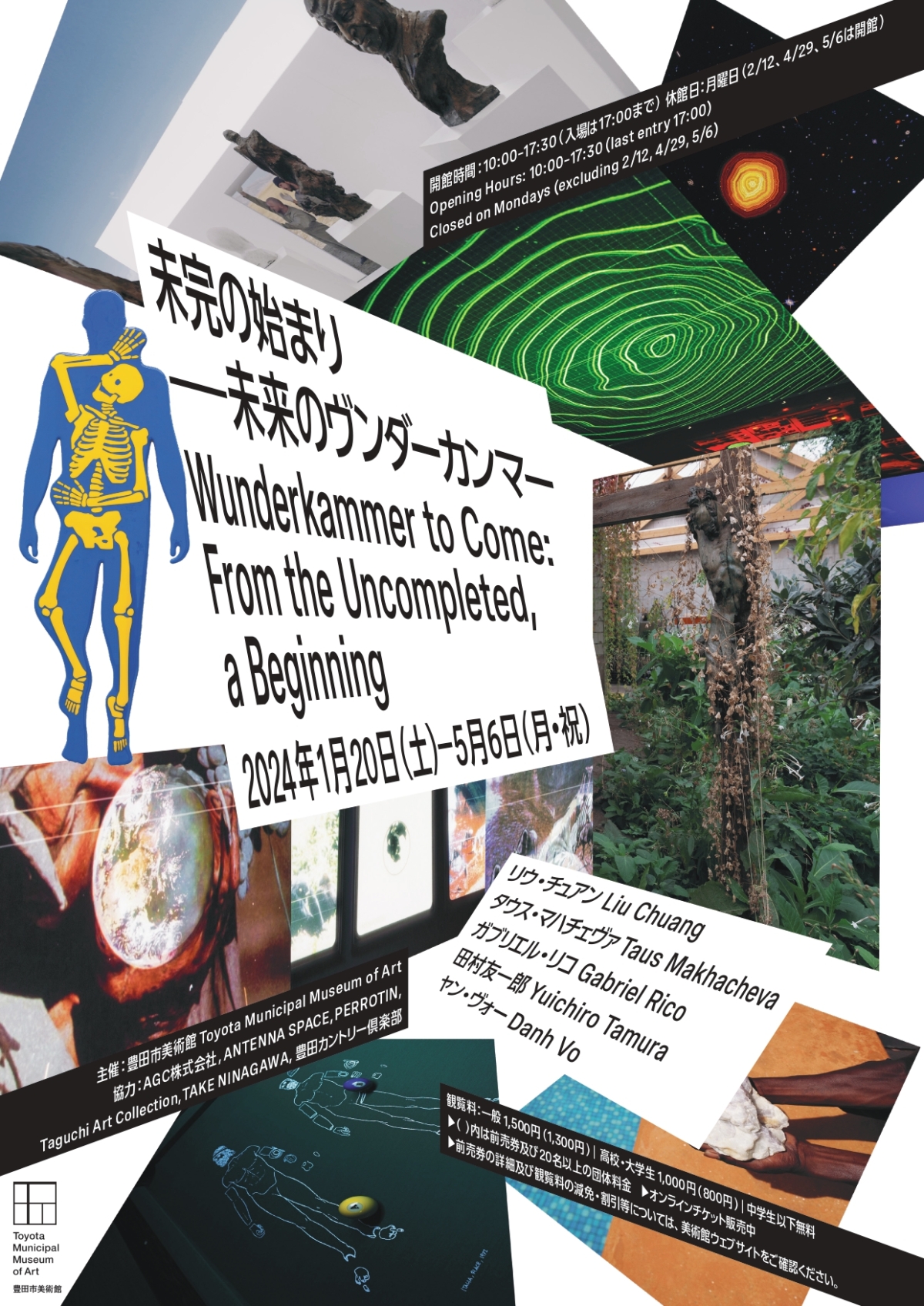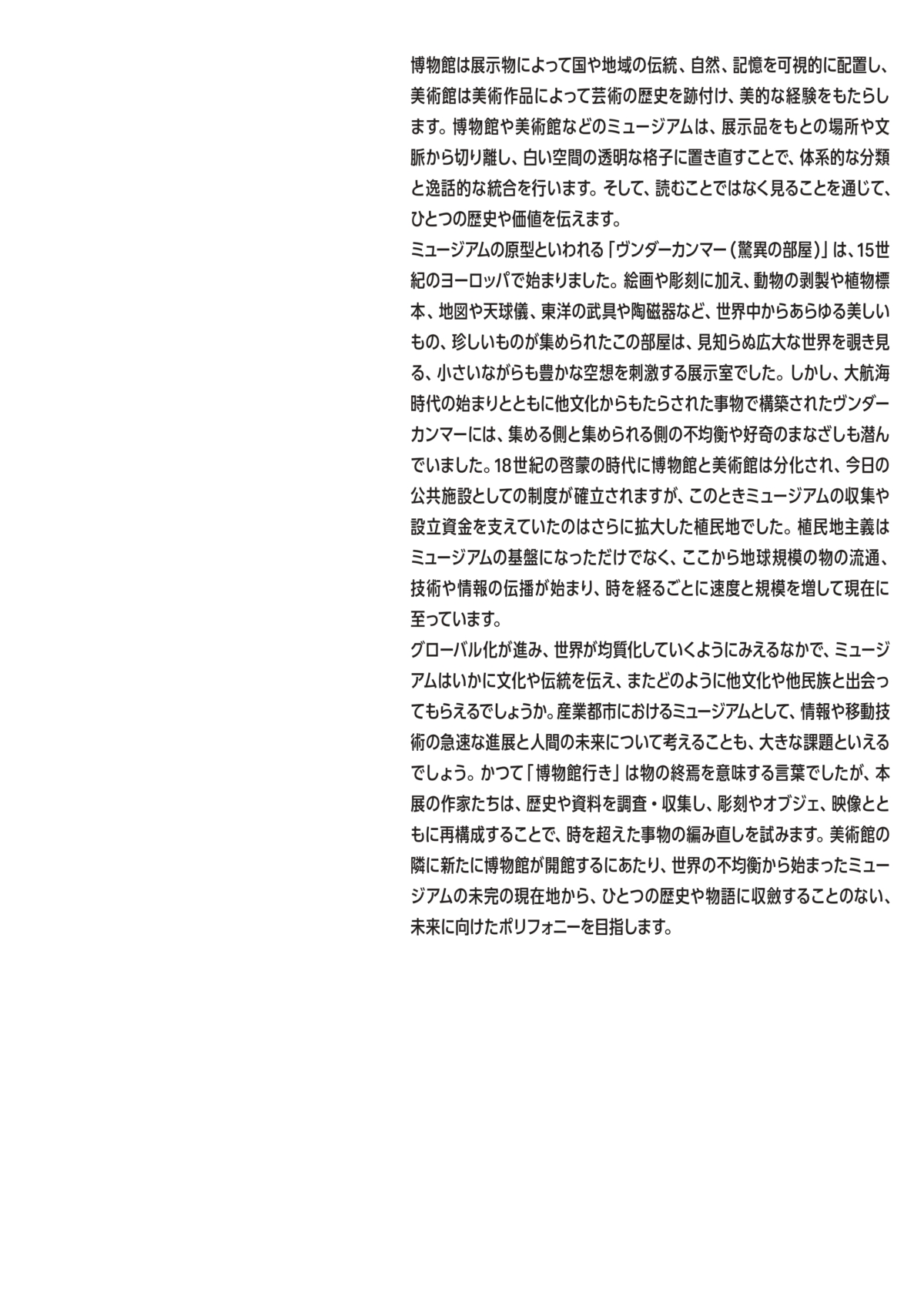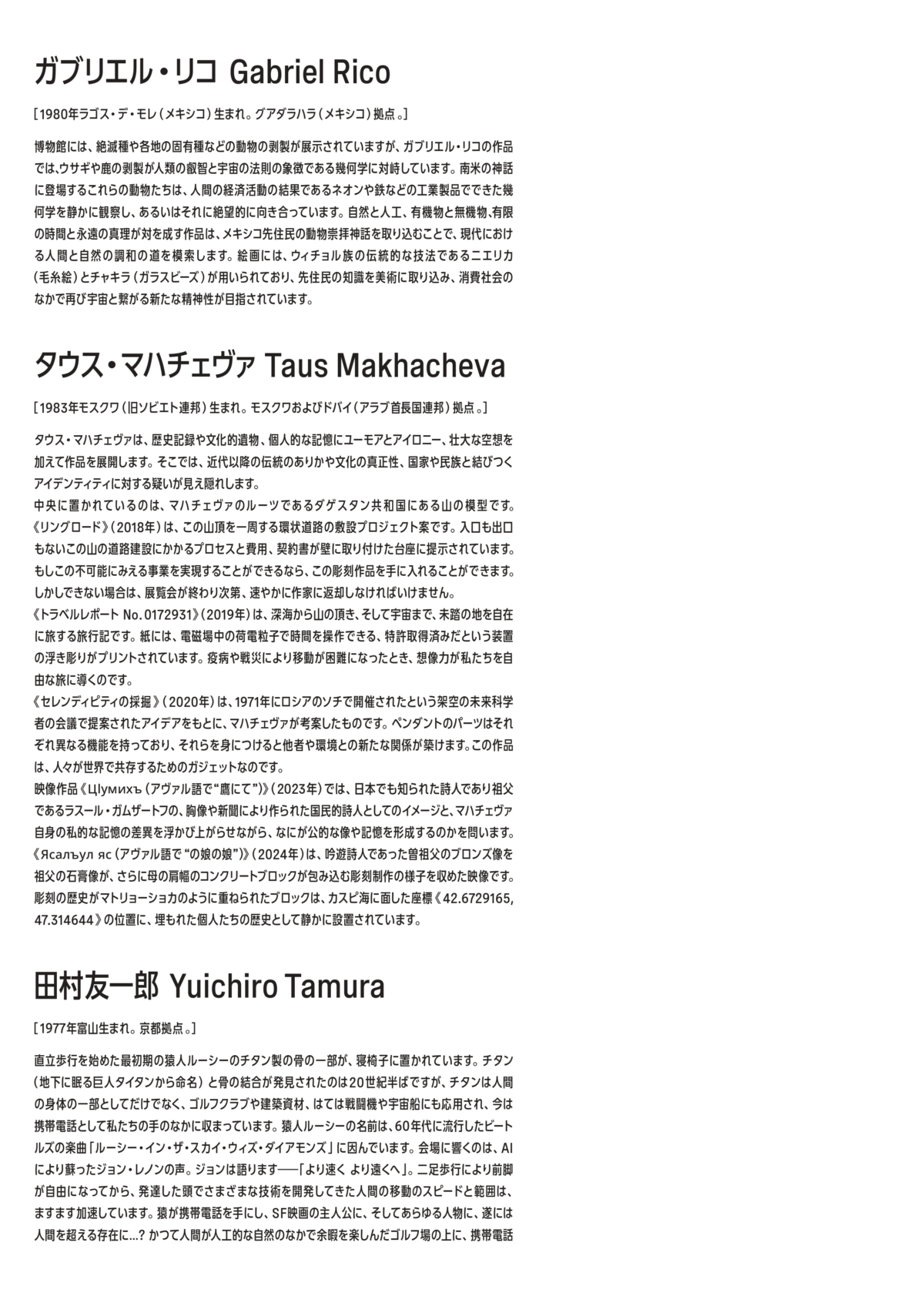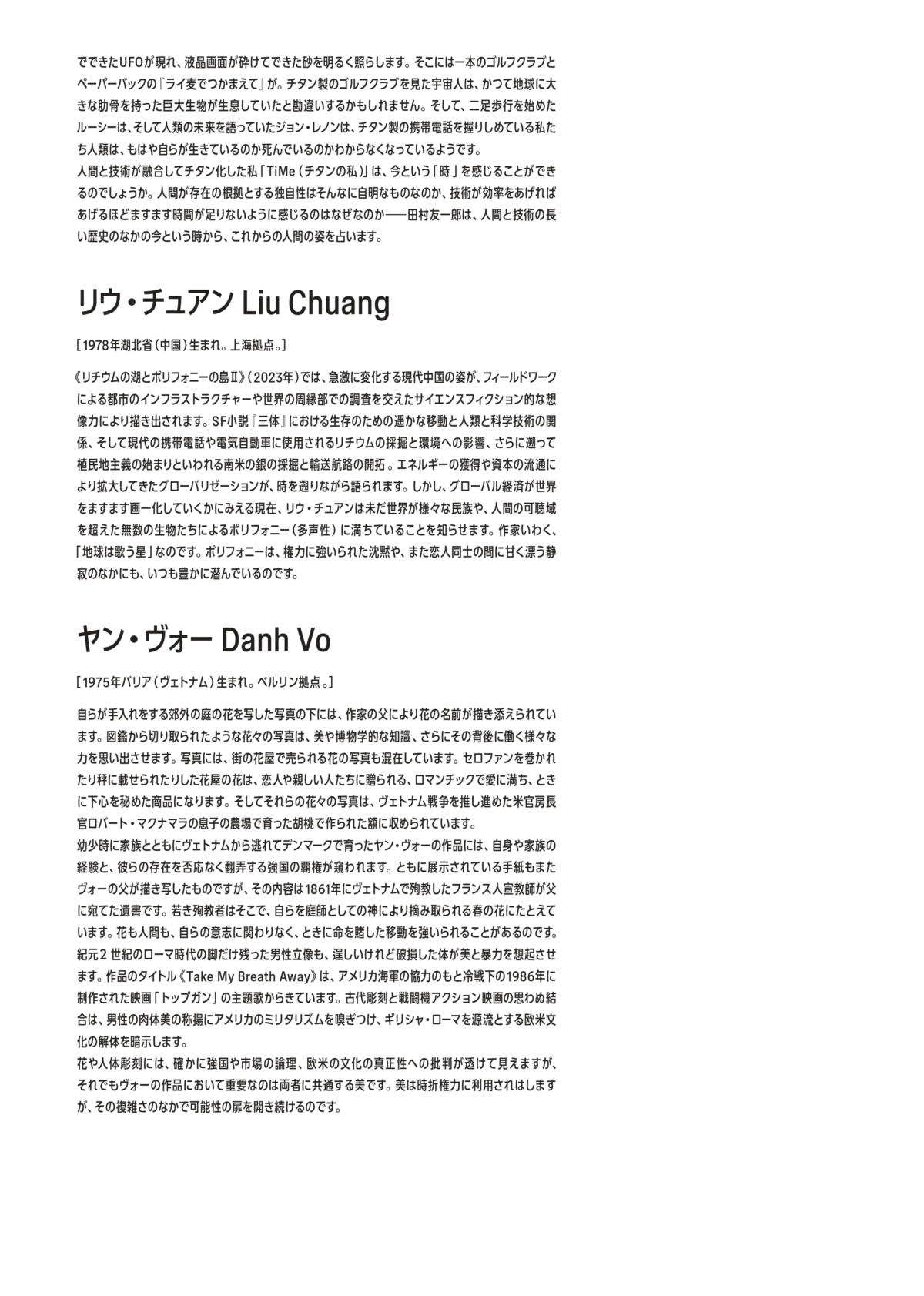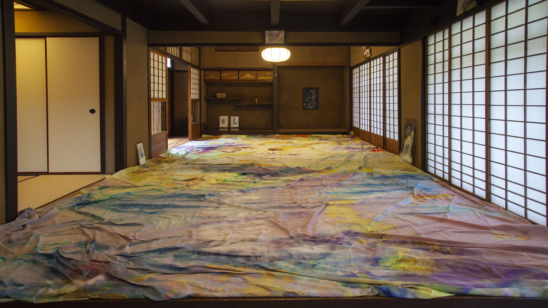Wunderkammer to come: From Uncompleted, a beginning
Museums arrange the traditions, natural realm and memories of countries and regions visually through their displays, while art museums trace the history of art and offer an aesthetic experience, through their artworks. Both remove exhibits from their original locations and contexts, repositioning them on transparent grids in white cube spaces for the purpose of coherent classification, and thematic unity. In doing so they convey history and value not through reading, but seeing.
The Wunderkammer (literally “wonder room” a.k.a. “cabinet of curiosities”), said to be the prototype for the museum, first emerged in Europe in the 15th century. These repositories for rare and beautiful objects from around the world, including not just paintings and sculptures but taxidermied animals, botanical specimens,
maps, celestial globes, Oriental armors and ceramics, and much more, served as galleries offering a glimpse into the great unknown; compact but compelling, capable of inducing wonderful flights of fancy. Yet it should also be said that beneath the Wunderkammer, made up of objects introduced from other cultures with the onset of the Age of Discovery, lurked an imbalance between collector and collected, and a certain voyeuristic curiosity.
With the 18th-century Age of Enlightenment came differentiation between museums, and art museums (galleries), and the nascence of todayʼs public institutions. Funding of these museums, and their acquisitions, was sustained by yet further colonial expansion. And colonialism became more than just the foundation of the museum; it was the beginning of a global circulation of goods, and transmission of technology and information, that have grown in speed and scale over time right up to the present day.
As a new museum opens next door to the Toyota Municipal Museum of Art, this galloping globalization making our world seem increasingly homogenous raises the question of how museums can best show different cultures and traditions, and encourage engagement with other cultures and peoples. As a museum located in an industrial city, other major topics for consideration are the rapid advance in digital and transport technologies, and how the future will look for humans. The phrase “museum piece” once meant an object at the end of its life, but by researching and gathering history and resources, and reconfiguring these alongside sculptures, art objects and videos, the artists in this exhibition attempt to rework things into the truly timeless. It is our hope that from the work-in-progress that is the museum, with its origins in the imbalanced nature of the world, we will begin to see polyphonic possibilities for the future that do not converge on any single history or voice.
- Organized by
- Toyota Municipal Museum of Art
- Supported by
- AGC Inc., ANTENNA SPACE, PERROTIN, Taguchi Art Collection, TAKE NINAGAWA, Toyota Country Club
Photo by : Keizo Kioku Courtesy of the artist and Perrotin
